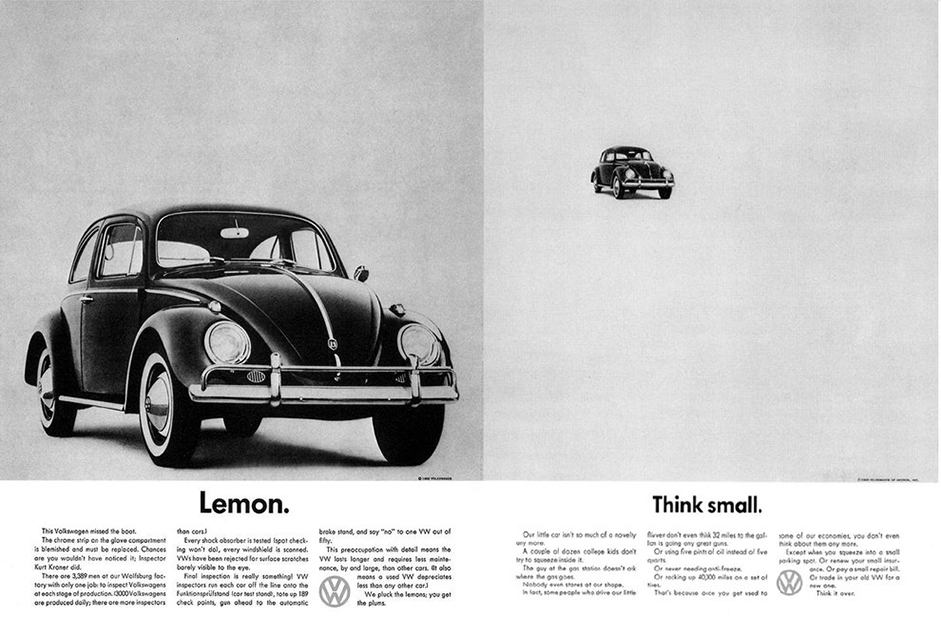‘Creatives’ conjure the words, pictures and sounds that drive advertising messages into our minds. Creative thinking in marketing is what helps drive results.
Creative. What is it and who makes it happen?
The “creatives” are the ones who noodle up the amazing words, pictures and sounds that drive advertising messages into our minds. If those words, pictures and sounds don’t make your palms sweat, at least a little, they might not have what it takes to break through to the gray matter.
Great creative thinking in marketing was always hard, but today, it’s harder than at any time in history. One would think with so many digital tools at our disposal, the job would be easier. It isn’t. Instead, it has become Herculean.
Recall in past columns we’ve talked about the necessity of first getting the right idea. We call it the positioning idea. Remember, a brand — your company, product or service — can stand for only one cohesive idea.
The more that idea is different from your competitors’, the better. The more that idea is meaningful to your prospects and customers, the better. The more you are passionate about that idea, the better.
So, let’s assume you have the right idea, the right position. You’re ready to get it into the mind.
This is where creativity takes front seat. Let’s consider who tends to be creative.
In the general population, about 10 percent of folks are left-handed. Left-handedness means you are right-brained. Right-handedness means that you are left-brained. Neurologically, we’re cross-wired.
The right side of our brain is non-verbal. The right side of our brain is all about art, music and those sorts of things. The left side of the brain loves rationality. It’s verbal. It’s mostly comfortable with things like science and math.
Here at the agency, 30 percent of our folks are left-handed.
There’s a greater tendency for creative folks to be left-handed and right-brained, but the world is also full of extremely gifted right-handed creatives.
Another notable point regarding creative people is that “normal” people have a greater ability to filter what they think about and what comes out of their mouths. Creative people don’t have this barrier between the conscious and the unconscious. (If they do, it’s much thinner.)
This lack of inhibition tends to allow for a flight of ideas, which is a nice feature when you’re in the business of finding ideas.
Psychologists would say creative folks are cognitively less inhibited. This fosters those “A-ha!” moments. They love those moments. They live for those moments. They can’t be called upon by demand. They just happen. Maybe while showering. Maybe while driving. Maybe while watching “The Big Bang Theory.”
Creatively talented individuals are able to put two seemingly disparate ideas together in ways most of us could not have imagined.
This magic happens when you accompany this type of thinking with a strong intellect. Creativity is the soul of advertising.
Creativity takes courage. Creativity takes moving out of your comfort zone. Creativity takes an understanding of the culture. Creativity takes risks. Creativity finds not-so-obvious and original solutions. Creativity involves surprise.
The result is a message that punches through the gatekeepers of the brain and all the clutter and into the consciousness of your prospect or customer.
Creative thinking in marketing took the idea of overnight delivery to, “When it absolutely, positively has to be there overnight.” Another creative mind traveled from the positioning idea of pizza delivery to “30 minutes or it’s free.” Others blazed trails for Alka-Seltzer’s, “Plop, plop, fizz, fizz, oh what a relief it is”, BMW’s “The Ultimate Driving Machine”, Las Vegas’ “What happens here stays here” and Wendy’s, “Where’s the beef?”
Creative thinking in marketing created the Jolly Green Giant, the Marlboro man, Toucan Sam, Morris the Cat, the Keebler elves and Tony the Tiger. These advertising icons have become part of our culture while building tremendous business success for the companies owning these brands.
Great advertising starts with the realization of and conviction for this idea. Before you can have a share of market, you must have a share of mind.
Getting into the mind requires the creative dramatization of the right strategic positioning idea. Creative advertising works hard by being relevant and memorable. Without them, you’ll waste your media money and fail to influence your customers’ behavior.
“Big ideas come from the unconscious. This is true in art, in science, and in advertising. But your unconscious has to be well-informed, or your idea will be irrelevant. Stuff your conscious mind with information, then unhook your rational thought process.” — David Ogilvy, considered the father of advertising and the founder of Ogilvy and Mather advertising agency in New York City.



